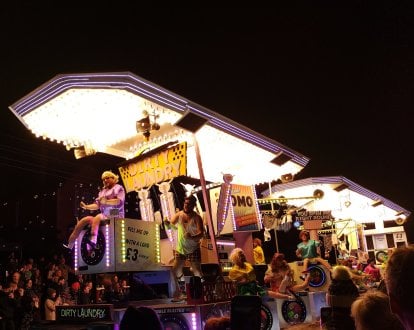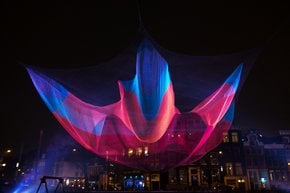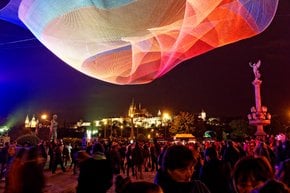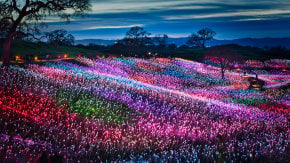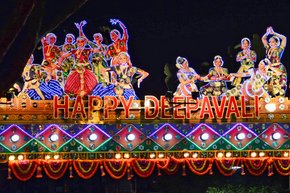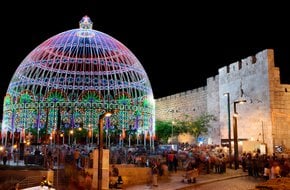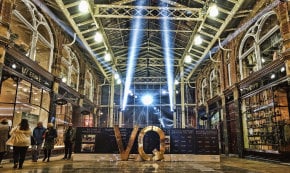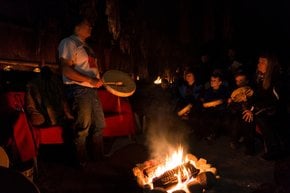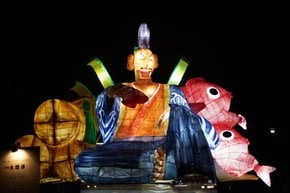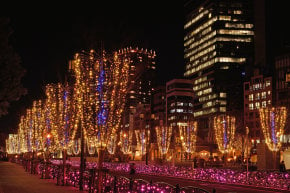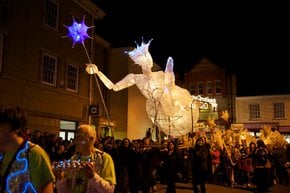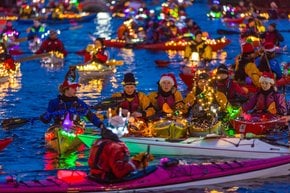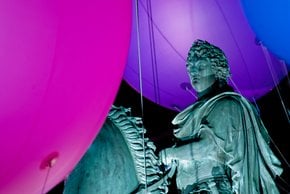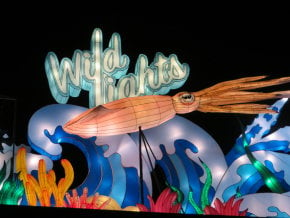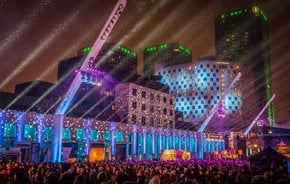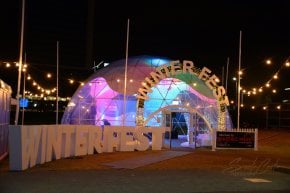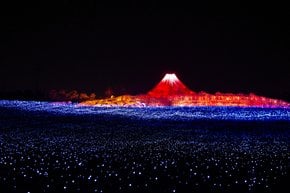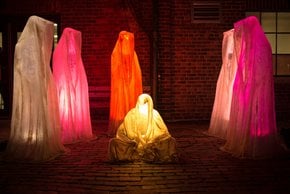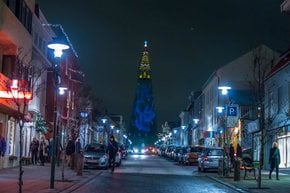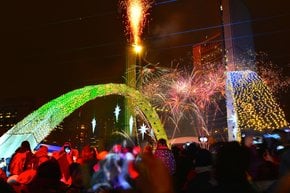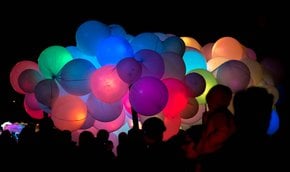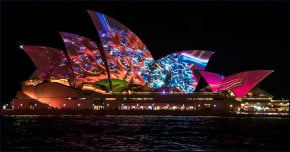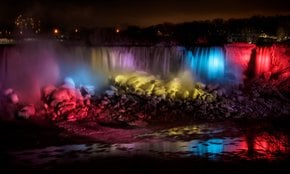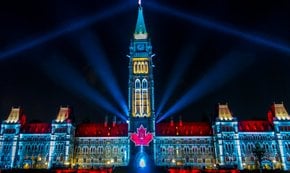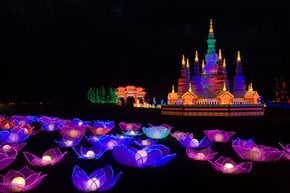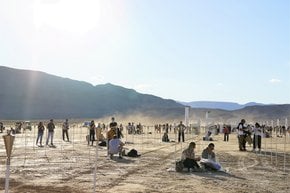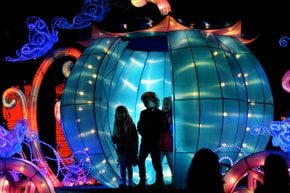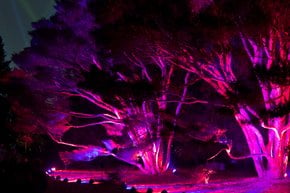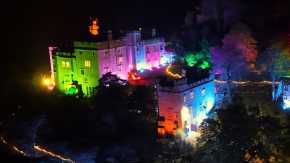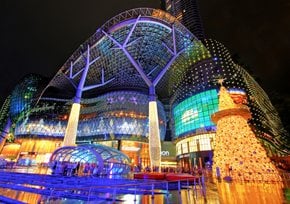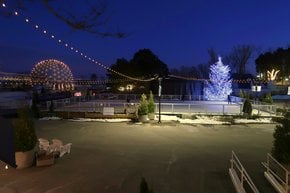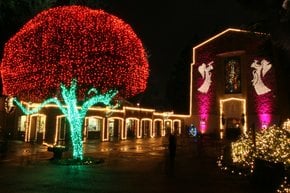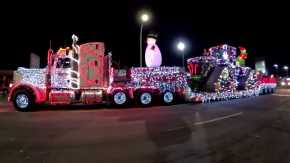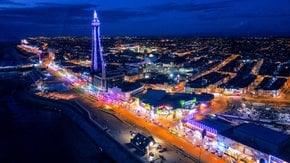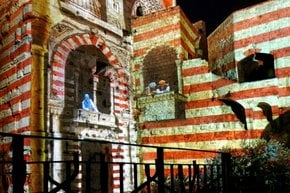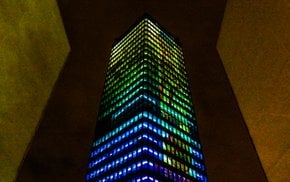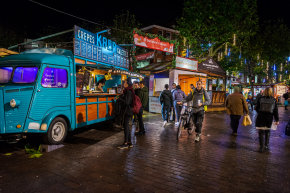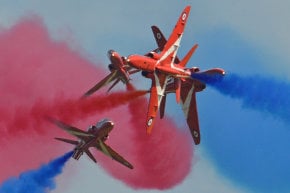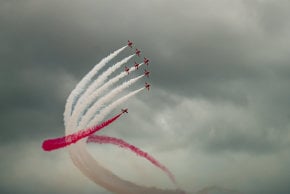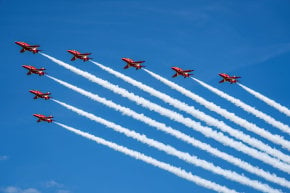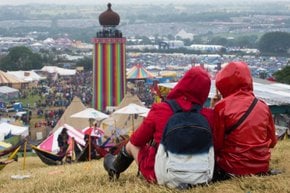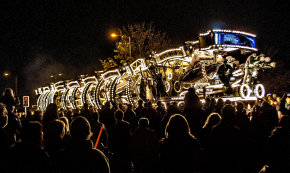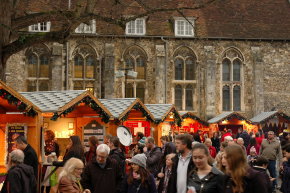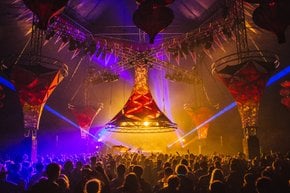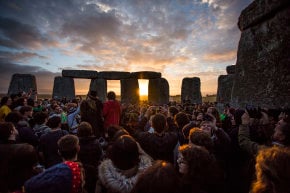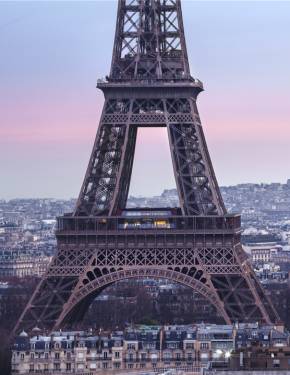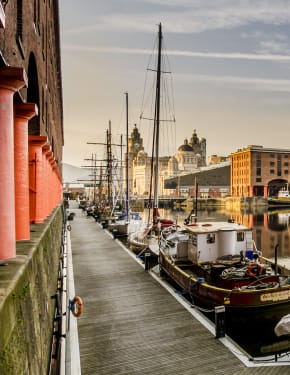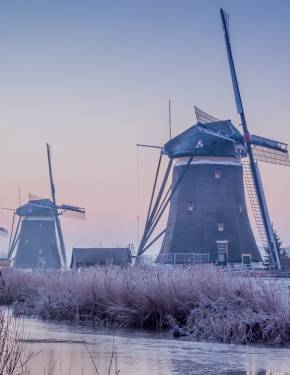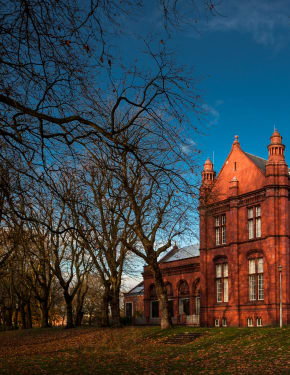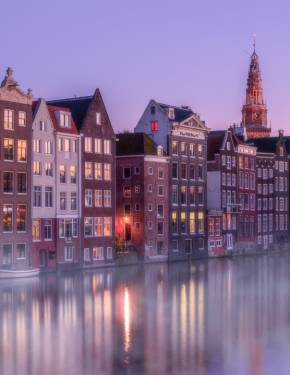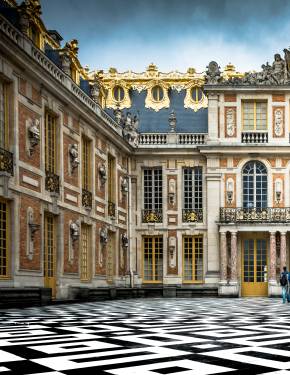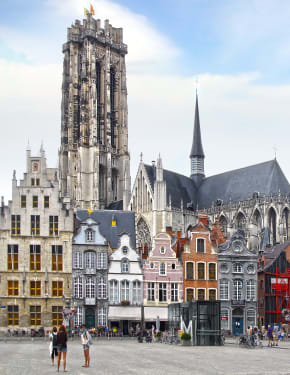Glastonbury Chilkwell Carnival 2024 in England
The medieval town welcomes an army of brightly illuminated floats
Dates: November 16, 2024
The Glastonbury Chilkwell Carnival, part of the Somerset Carnival circuit, is a historic celebration that lights up the streets of Glastonbury with vibrant parades and dazzling floats. The festival promises to showcase one of the largest illuminated processions in the UK, a tradition that has been captivating audiences for centuries. It is one of Somerset's carnivals that has been held for about 400 years and draws about 150,000 people annually. Considered the largest illuminated procession in the UK and Europe, it retains a strong local character and has yet to attract significant attention from international tourists.
What to Expect
At the heart of the Glastonbury Chilkwell Carnival are the grand floats, known as “carts,” which are adorned with thousands of lights. As the organizers claim, some floats feature up to 30,000 lights and can span over 100ft (30,5 m) in length. These floats are designed by local carnival clubs, who spend months preparing their intricate designs, often including dancers, performers, and marching bands. In addition to the illuminated floats, spectators can expect live music, theatrical performances, and vibrant costumes, all contributing to a lively and festive atmosphere.
The carnival is part of a larger series of events held across Somerset, including other notable processions in towns like Bridgwater, Burnham-on-Sea, and Shepton Mallet. Glastonbury is the final event in this series, and it is often considered one of the most beautiful and highly anticipated carnivals of the season.
Schedule and Program
Glastonbury Carnival usually falls on the 3rd Saturday in November. The procession starts at 6:45 pm. The event is expected to run for several hours, with the parade making its way through the town’s historic streets. Visitors are encouraged to arrive early to secure a good viewing spot, as the carnival draws large crowds each year.
Route
The procession for the Glastonbury Carnival will assemble along the Glastonbury Relief Road, stretching from Northload Roundabout towards Tinbridge Roundabout, as well as Northload Street and Paradise Road. This area is not open to spectators. The main procession will begin from the traffic lights just past Northload Roundabout, continuing along the A39 to Wirral Park Roundabout. It will then turn onto the A361 (Street Road), passing a rest area before turning onto Magdalene Street, continuing into the High Street, and finishing on Wells Road at the junction with Manor House Road.
Tickets and Parking
While entry to the carnival itself is free, there are parking fees for those driving to the event. Car parking is available at multiple locations in Glastonbury, including the town center, Tesco’s, B&Q, Tor Leisure, Herbie’s Field, and St. John’s. The parking fee is £5, and spaces are often limited, so it is advisable to arrive early or consider using public transportation if possible. Please note that there are no points along the procession route where spectators can watch from their vehicles.
All access to Glastonbury Town Centre will close at 5 pm. The coach drop-offs within the town will not be possible after this time. Coaches dropping off passengers and not parking in town will only be allowed back once roads reopen, which may be as late as midnight. Spectators are encouraged to use the designated parking areas and avoid parking along Wells Road or near Austin Road.
Location and Infrastructure
Glastonbury, a town rich in history and folklore, provides the perfect backdrop for this illuminated celebration. Located approximately 23 miles (37 km) south of Bristol, the town is easily accessible by road. For those traveling by public transport, the nearest train station is in Castle Cary, about 12 miles (19 km) away, with regular bus services to Glastonbury. In addition to the carnival, visitors can explore local landmarks such as Glastonbury Tor, the Chalice Well, and the Abbey ruins, making it a culturally rich destination for a weekend visit.
History of the Glastonbury Chilkwell Carnival
The origins of the Glastonbury Chilkwell Carnival can be traced back to the 19th century, although its roots are linked to even earlier Bonfire Night celebrations. According to historical records, the first organized procession took place in 1854, and the event has since evolved into the grand spectacle it is today. Originally tied to the Guy Fawkes Night tradition of November 5th, the carnival shifted over time to focus on elaborate parades and light displays.
By the late 19th century, the event had grown in popularity, with rival groups such as the “Bonfire Boys” and the “Carnival Club” competing to organize the November celebrations. Eventually, these groups merged their efforts, leading to the formation of the modern-day carnival, which now features floats, marching bands, and fireworks displays. Over the years, the Glastonbury Chilkwell Carnival has become a key part of Somerset’s cultural heritage, with each year’s event drawing larger crowds and more elaborate displays.

